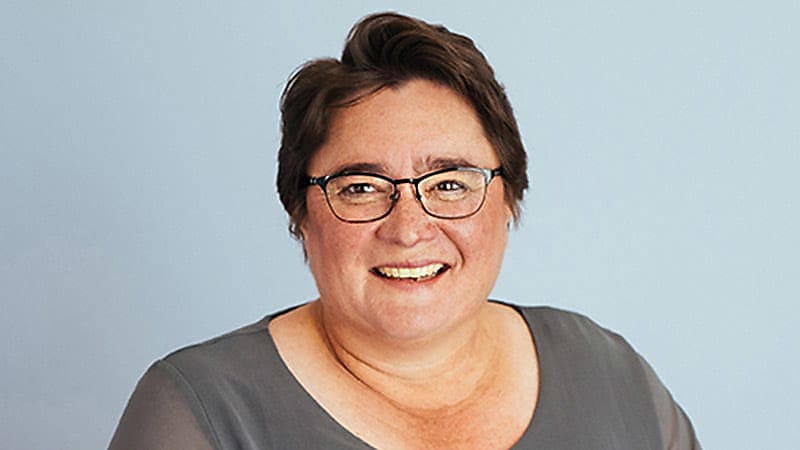Calculating death benefits requires precision: expert
The calculation of death benefits in an SMSF requires a much more precise formula and process than in another superannuation vehicle, says a leading industry figure.
Meg Heffron, director of Heffron, said how and when to calculate a death benefit may seem straightforward if a client is a member of an industry or retail fund, but for an SMSF it is a more delicate balancing act.
Ms Heffron said she was recently asked about the death benefit for an SMSF member who died in May.
“The fund and member balances were calculated at 30 June and the benefit was paid as soon as practicable in September,” she said.
“The question was around what should the amount be and whether the value is calculated at June or September.”
She said the death benefit is whatever the member balance was worth at the time it was actually paid out, which in this particular example was September.
“Large APRA funds pay out benefits all the time and they have to do so very quickly,” she said.
“If the benefit is a rollover to another fund, it’s within three days of being asked for the money.”
She continued that because of the scale and complexity of APRA-fund investments, it is difficult to understand how they determine precise figures in such a short period.
She said APRA funds run on approximations unlike SMSFs, and use “unit prices” to value a member’s account daily.
“Those unit prices allow for changes in investment values, income, and taxes and although the pricing calculations are very sophisticated they can’t possibly be 100 per cent accurate all the time,” she said.
She said APRA funds use a system of “overs and unders” that are effectively reflected in subsequent adjustments to unit prices.
“Even funds that look more like SMSFs, such as those with specific investments notionally allocated to the member where the daily value is far more transparent, make approximations,” she said.
Further, some public funds don’t give members the value of franking credits their investments have earned unless the member is still in the fund when the fund’s tax return is lodged.
She said some funds also routinely subtract contributions tax from a member’s account on the day the taxable contribution arrives.
“They hold that tax until they’re ready to lodge the fund’s tax return which could be 12 months or longer after the contribution is received,” she said.
“The fund might earn interest on all these tax amounts and that will be shared with the members or kept in a reserve, but for the individual member who leaves before this happens it means they’ve lost out.”
Ms Heffron said it’s improbable the amount each public fund reports to the ATO for its members’ TSB at 30 June adds up precisely to the fund’s audited accounts on that date.
“But it doesn’t need to. The value used to start a pension or report for total superannuation balance purposes has to be the amount the fund would have given to the member if they’d left the fund that day,” she said.
She said SMSFs could use well-supported and reasonable approximations to determine a member’s balance on 1 July for paying out a client’s death benefit, as well as for commencing pensions before preparing the annual accounts.
“This wouldn’t be an ‘estimate’ that we’d go back and fix up later, rather it would be the actual value placed on the member’s account for the purposes of starting the pension,” she said.
However, she said there are two reasons that SMSFs don’t go down this path.
Firstly, SMSFs have very few members in the fund so approximations that might be very common in a large fund look less fair in an SMSF and the discrepancy is more obvious.
Secondly, most SMSF auditors use software that is more focused on preparing an accurate set of financial statements and a tax return at 30 June each year than producing live updates on a member’s balance.
“Even if we use very reasonable approximations to determine the value of the member’s account on 1 July to start a pension, we will have a discrepancy between that amount that is reported on the member’s TBAR and the finalised value of their account in the financial statements,” she said.
“In an SMSF there’s nowhere to hide. We will be expected to show that all the individual members’ balances add exactly to the value of the fund on the financial statements.”








